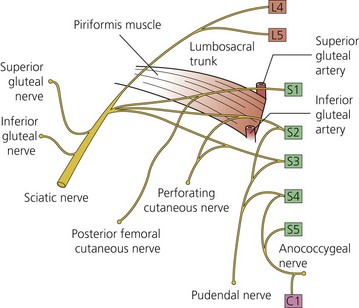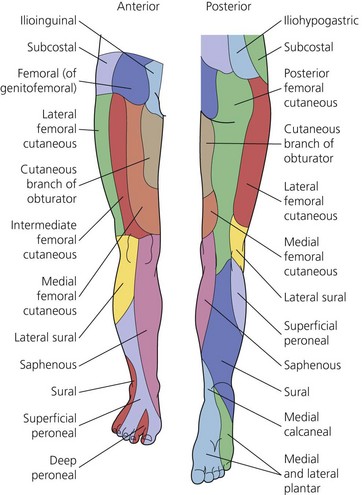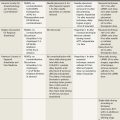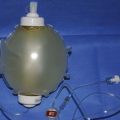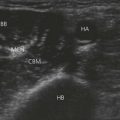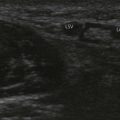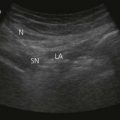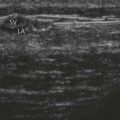CHAPTER 23 Lumbar and sacral plexus anatomy
Lumbar plexus
The lumbar plexus (Fig. 23.1) lies deep within the psoas major muscle in front of the transverse processes of the lumbar vertebrae. It is formed by the ventral rami of the first three lumbar nerves and the greater part of the ventral ramus of the fourth nerve. All the branches of the plexus emerge from the substance of the psoas major.
Sacral plexus
The sacral plexus (Fig. 23.2) is formed by the lumbosacral trunk (L4,L5) and the ventral rami of the first, second, and third sacral nerves. The nerves forming the sacral plexus appear at the medial margin of the psoas major, converge toward the greater sciatic notch, and unite to form a large band located on the posterior wall of the pelvic cavity, in front of the piriformis muscle. From the anterior and posterior surfaces of the band several branches arise. The band itself is continued as the sciatic nerve, which splits on the back of the thigh into the tibial and common peroneal nerves; these two nerves sometimes arise separately in the plexus.
Relations
The sensory and motor innervation of the lower limb (Figs 23.3 and 23.4) is clinically important. Knowledge of sensory innervation helps determine which cutaneous nerve distributions within a surgical field require blockade. Motor innervation is clinically relevant as a means of matching a peripheral nerve stimulation response to the particular nerve being stimulated.


